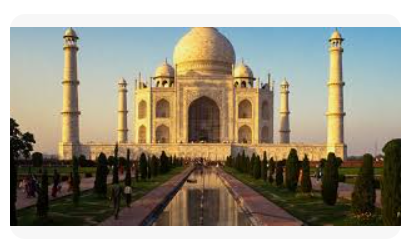
Introduction to Taj Mahal
The Taj Mahal, located in Agra, Uttar Pradesh, is one of the most iconic structures in the world. This magnificent mausoleum, built in the 17th century by Mughal Emperor Shah Jahan in memory of his beloved wife Mumtaz Mahal, beautifully showcases the artistry of Mughal architecture. It draws millions of visitors every year, captivating them with its stunning design and rich history.
The Architectural Wonder
The architectural beauty of the Taj Mahal is striking. Crafted from white marble that reflects hues of pink, orange, and yellow at different times of the day, this mausoleum is an epitome of symmetry and elegance. The intricate carvings and inlay work of precious stones create mesmerizing patterns that add to its charm. The surrounding gardens and reflecting pools enhance its grandeur, making it a perfect backdrop for photos and leisurely strolls.
A Cultural Symbol
As a UNESCO World Heritage Site, the Taj Mahal is not just a tourist attraction; it represents the rich history of India and the enduring nature of love. It stands as a testament to the Mughal era and its contributions to art and culture. Visitors often find themselves enchanted by the serene atmosphere of the complex, where the whispers of history merge with the melodic sounds of nature.
Whether you are an avid historian, an architecture enthusiast, or simply seeking a picturesque getaway, the Taj Mahal in Agra is a must-see landmark that offers a glimpse into the opulent past of India.
